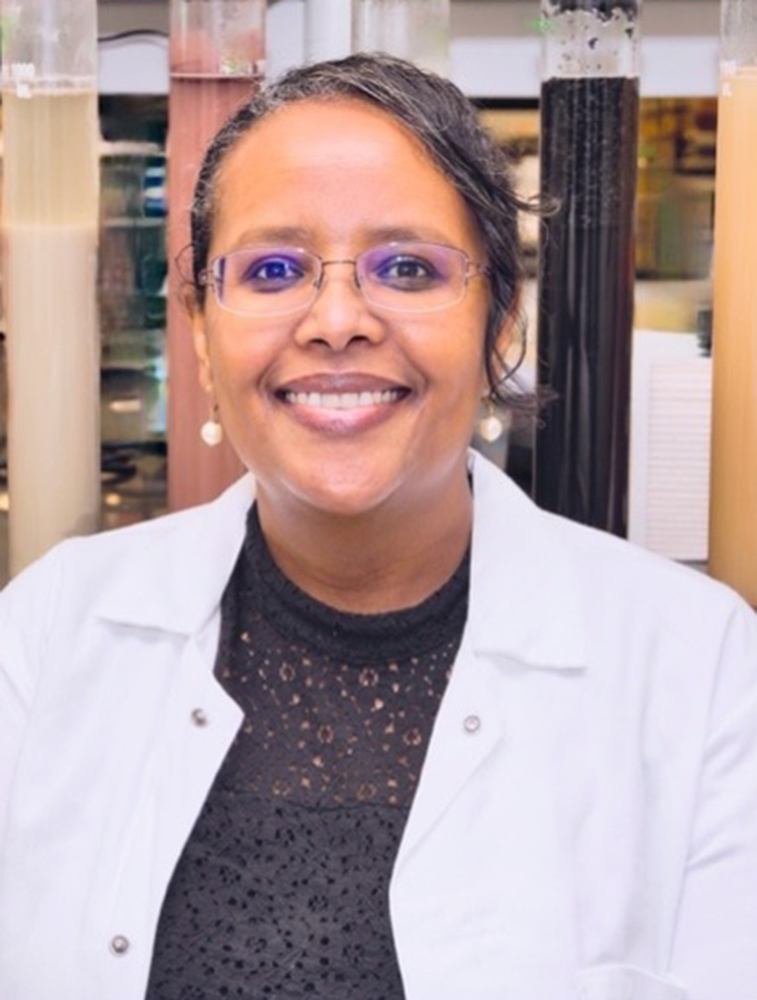From Roots to Reach: One Scientist's Quest to Understand Soils, Confront Climate Change, and Open Doors in STEM

Abstract: The soil system stores twice as much carbon as the atmosphere and all the world's vegetation combined. This presentation will discuss the fundamental mechanisms by which the soil system controls the earth's climate and practices that have shown promise to bend the curve of increasing greenhouse gas concentrations in the atmosphere. Dr. Berhe will share insights from her career journey from professor to leader of one of the nation's largest science funding agencies. Drawing on her earth system science expertise, she will discuss how the Office of Science works to advance scientific frontiers across disciplines, address grand challenges like climate change, and strengthen American leadership in science and technology by engaging talent from across the country. The presentation will explore how evidence-based approaches in both research and policy can accelerate scientific discovery and impact.